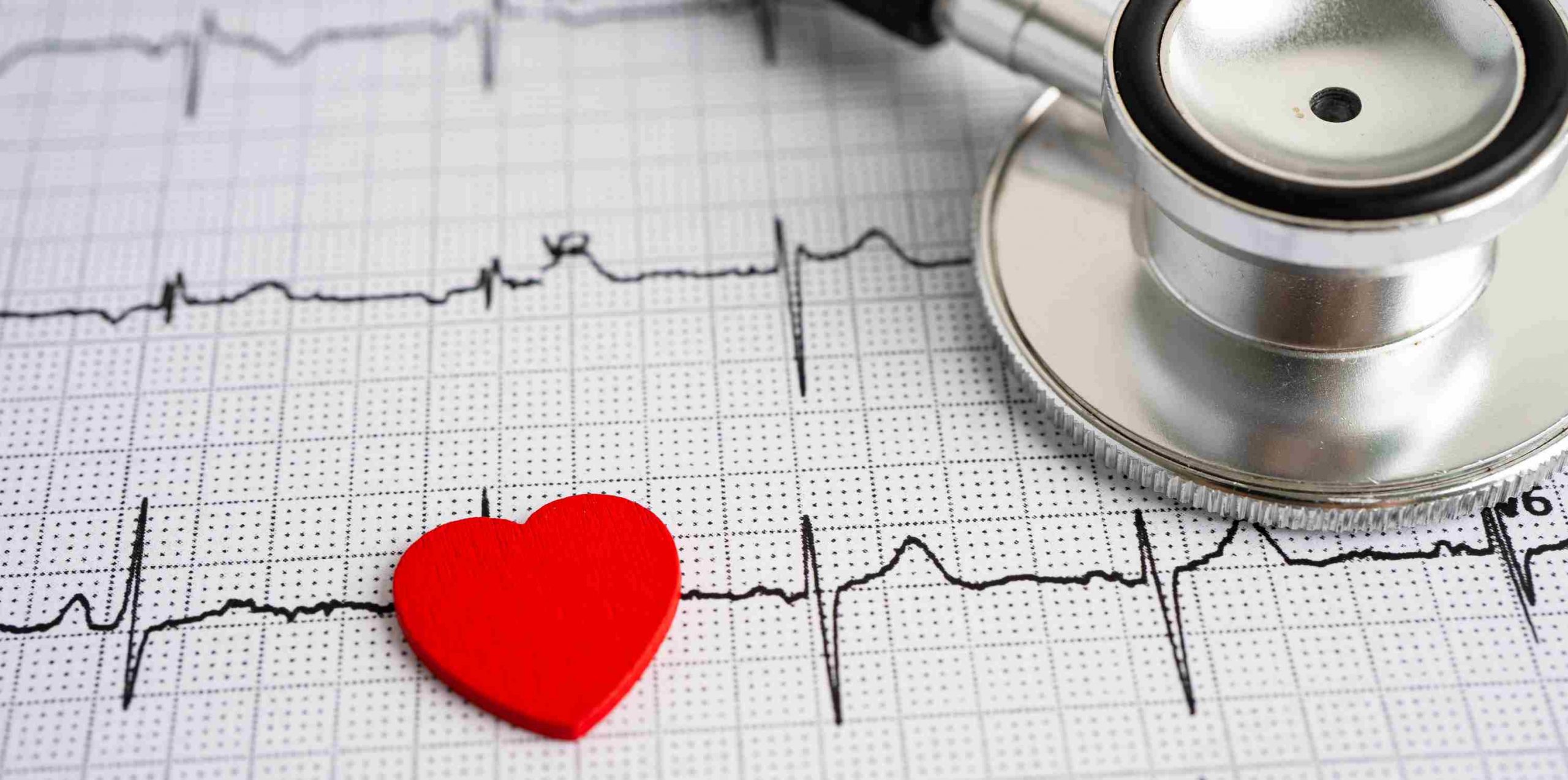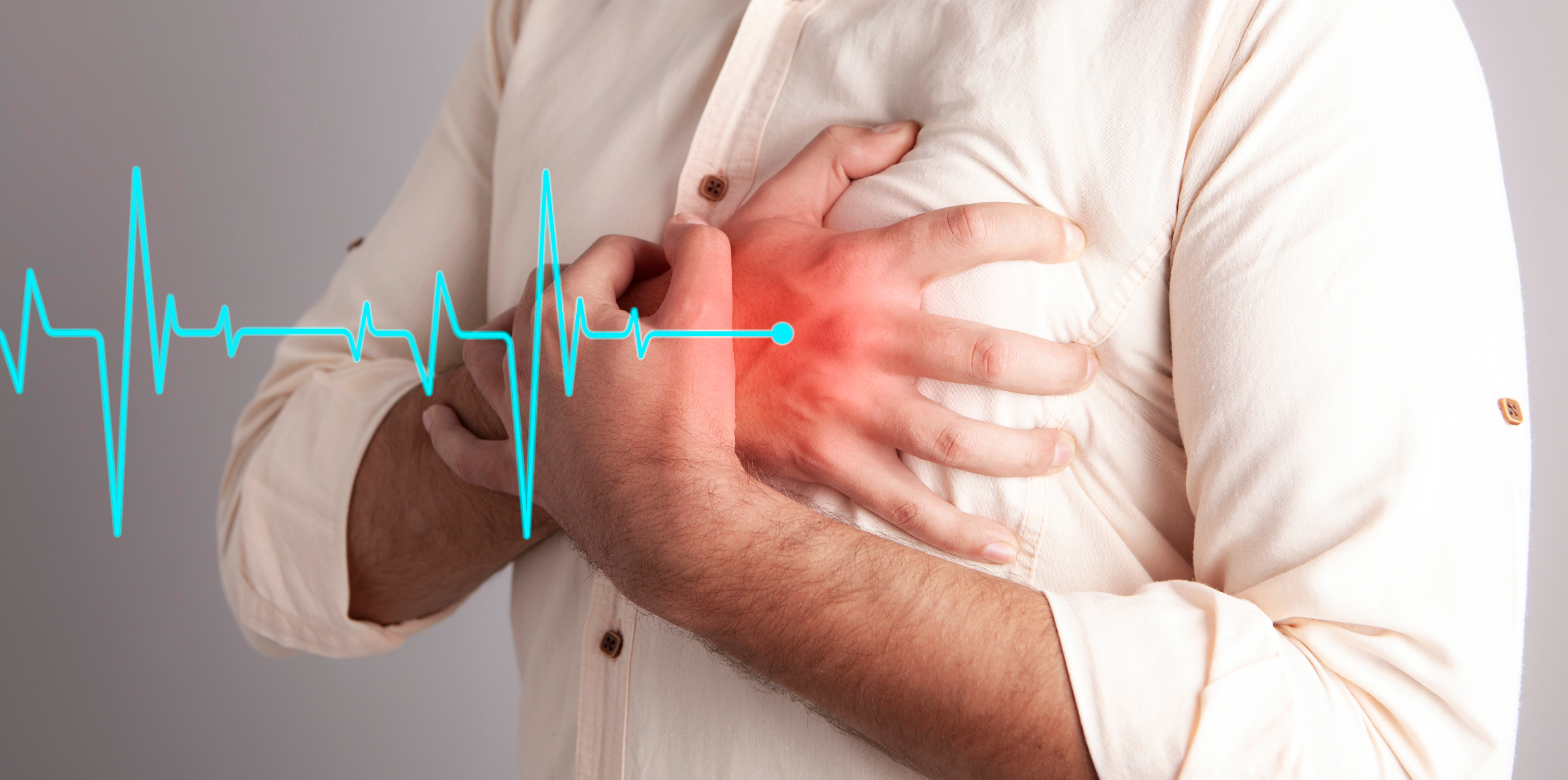• Introduction
• Learning about cardiovascular disease
• Types of Heart Disease
• Preventive Techniques
• Having Heart Disease and Getting By
• Case Study: Cardiovascular Disease Prevention at the Source
• Conclusion
Introduction
Heart disease, often known as cardiovascular disease, is one of the main causes of mortality globally. Cardiovascular disorders pose a major danger to world health, accounting for 17.9 million deaths annually. This article discusses the many forms of heart disease and offers advice on how to avoid it.
Learning about cardiovascular disease
Heart disease, also referred to as cardiovascular disease, is a group of disorders that impact the anatomy and operation of the heart. Among these disorders include arrhythmias, valvular heart disease, coronary artery disease, and heart failure. It is crucial to remember that every kind of cardiac disease has unique traits and consequences.
The cardiovascular system, which is made up of the heart and blood arteries, is responsible for the circulation of blood. Heart disease, which is characterised by blood artery constriction or blockage, frequently affects this system. The majority of heart attacks and strokes are brought on by underlying cardiac conditions, and they might occur suddenly. Heart disease symptoms might vary, but they frequently include discomfort in different body areas, dyspnea, and chest pain.
Types of Heart Disease
The most prevalent kind of heart illness, Coronary Artery illness (CAD), affects millions of people globally. Atherosclerosis, or the accumulation of plaque in the arteries that feed blood to the heart muscle, causes the arteries to narrow and stiffen, which leads to coronary artery disease (CAD). This may lessen the heart’s blood supply, which might result in a heart attack or chest discomfort.
Heart Failure:
This condition is brought on by the heart’s inability to pump blood as effectively as it should. Heart failure is characterised by a heart that still functions, but with less force than usual. Diabetes, high blood pressure, and coronary artery disease are among the causes of heart failure.
Arrhythmias:
Heart rhythm abnormalities are known as arrhythmias. The heart may beat abnormally, too quickly, or too slowly. Arrhythmias can be benign or indicative of a more serious cardiac problem, and they might feel like a racing or fluttering heart.
One of the four heart valves may be damaged or defective in valvular heart disease. The heart’s blood flow is controlled by these valves. Blood flow through the heart can be hampered by conditions like stenosis, or narrowing of the valve, and regurgitation, or leakage of the valve.
Other Types:
Heart disease can also manifest as congenital heart defects, which are abnormalities of the heart present from birth, cardiomyopathies, which are disorders of the heart muscle, and rheumatic heart disease, which is heart damage brought on by rheumatic fever.
Every kind of cardiac disease is different and needs a different approach to therapy. Early identification, the right medical intervention, and lifestyle modifications are frequently crucial to the management of many disorders.
Hazards Associated with Heart Disease
• It is essential to comprehend the risk factors for both management and prevention. These risk factors fall into two categories: those that are changeable and those that are not.
Changeable Risk Elements
• Lifestyle Decisions: The risk of heart disease is greatly increased by an unhealthy diet, physical inactivity, tobacco use, and excessive alcohol intake. These habits can raise blood pressure, cholesterol, and glucose levels. They can also cause overweight and obesity.
Medical Conditions:
Heart disease is significantly influenced by a number of conditions, including high blood pressure, high cholesterol, diabetes, and obesity.
Non-Adaptable Risk Elements:
Age: As people age, their risk of cardiac issues rises.
Gender: Risk is higher for men in general, but it also rises for women after menopause.
Genetics and Family History: Having a family history of heart disease raises an individual’s risk.
A thorough discussion of these risk factors aids in the comprehension of the significance of lifestyle decisions and the requirement for routine medical exams by readers.
Preventive Techniques
A multifaceted strategy is needed to prevent heart disease, including dietary adjustments, frequent tests, and, in certain situations, medicines.
Healthy Diet:
Stress the value of eating a well-balanced diet that is high in whole grains, fruits, vegetables, and lean meats. It’s critical to cut back on salt, trans fats, and saturated fats.
Frequent Physical Activity:
List the advantages of frequent exercise, including lowered blood pressure, better weight control, and heart health improvements.
Reducing Alcohol and Tobacco Use:
Talk about the harmful consequences that smoking and binge drinking have on heart health.
Frequent Health screens:
Suggested for readers are routine check-ups that involve screens for diabetes, cholesterol, and blood pressure.
Stress management:
Draw attention to the negative effects of stress on heart health and offer practical solutions like yoga, meditation, or therapy.
Medication:
To manage problems like high blood pressure or cholesterol, some people must take drugs. Emphasize how important it is to take prescription drugs as directed.
Having Heart Disease and Getting By
Living with heart disease entails controlling the illness with medicine, lifestyle modifications, and routine medical attention.
Medication and Treatment Compliance:
Stress how crucial it is to heed medical advice and take prescribed drugs on a regular basis.
Lifestyle Modifications:
Talk about how people with heart disease should alter their behaviors, food, and level of activity.
Tracking and Handling Symptoms:
Provide instruction on identifying symptoms and knowing when to get medical attention.
Psychological Impact and help Systems:
Admit that having cardiac disease has an emotional and psychological toll. Suggest that people seek out help from mental health counselors, support groups, or medical experts.
Rehabilitation Programs:
Describe how cardiac rehabilitation programs help people live better lives generally and with better hearts.
Case Study: Cardiovascular Disease Prevention at the Source
A 53-year-old Caucasian gentleman with a complicated medical history is the subject of a real-life case study that illustrates the management and prevention of cardiovascular disease. The example emphasizes the significance of tailored care in avoiding heart disease. This patient had a lengthy history of smoking, pre-diabetes, class I obesity, and a family history of early coronary artery disease (CAD). His cholesterol and blood pressure readings were alarming, and his low-density lipoprotein (LDL) level of 141 mg/dL suggested an increased risk of heart disease.
Assessing the patient’s 10-year risk for atherosclerotic cardiovascular disease (ASCVD), which was 16.3% and classified as intermediate risk, was the main preventive method. His lifetime ASCVD risk was also estimated to be 50%. Starting moderate-intensity statin medication was advised due to his high LDL-C values, risk-enhancing variables such as metabolic syndrome, and a family history of early ASCVD. Medication called a statin is useful in preventing heart disease because it lowers cholesterol.
The control of his hypertension was a crucial component of his situation. Given his high risk of ASCVD, it was advised that, with a blood pressure of 145/60, he aims for a blood pressure of less than 130/80 mm Hg.
This would entail changing one’s lifestyle in addition to perhaps starting antihypertensive medication therapy with ACE inhibitors, calcium channel blockers, and thiazide diuretics.
Lifestyle therapy was also very important for his control. It was highly advised to stop smoking because smoking has a major negative influence on heart health. A healthy diet, consistent exercise, and weight control were all essential components of his preventative approach.
Conclusion
Summarize the main ideas about the various forms of heart disease, the risk factors associated with them, and the preventative measures that may be taken. Stress the value of taking the initiative to maintain heart-healthy practices, and urge readers to speak with medical experts for individualized guidance and routine examinations. Finish with a message of empowerment and optimism, emphasizing how much the risk of heart disease may be decreased with the correct information and lifestyle choices.
One of the top cardiologists in New York, Dr. Ellen Mellow, provides individualized cardiac and preventive care options. She has over 24 years of expertise in internal medicine and cardiology, and she is dedicated to giving each patient individualized, high-quality treatment. Her work is centered on holistic approaches to heart health, placing equal emphasis on cutting-edge technology and a thorough comprehension of each patient’s unique circumstances. For those in the New York region looking for heart health treatment, Dr. Ellen Mellow is a great resource due to her experience and patient-centered approach. To obtain further details, kindly visit her website at






